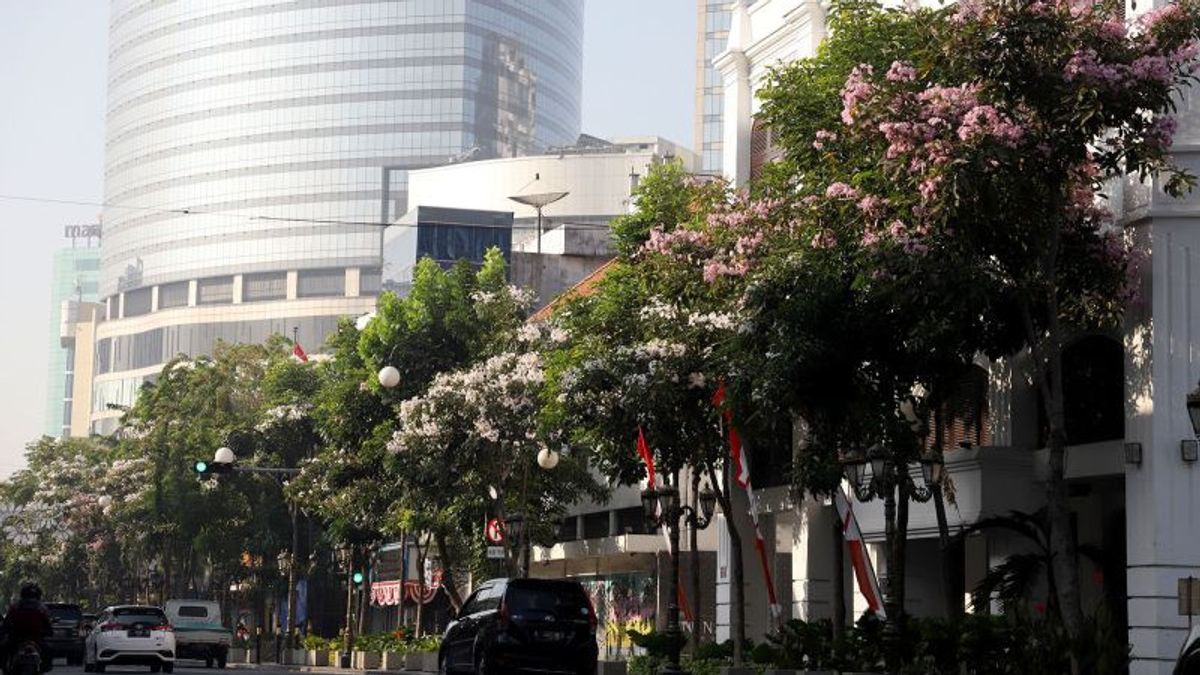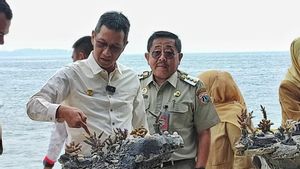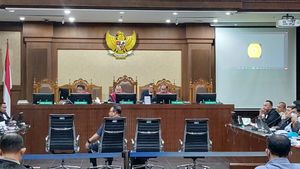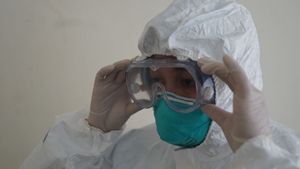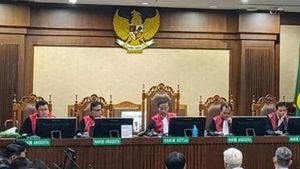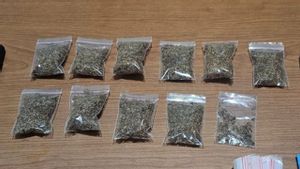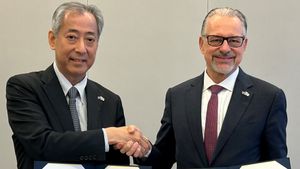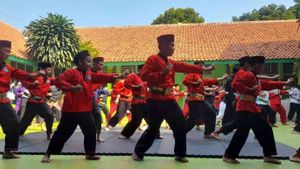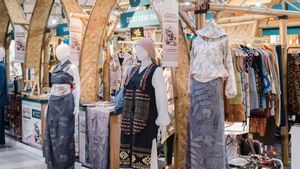SURABAYA - Thousands of Tabebuya flowers are playing again along the roadside protocol for the city of Surabaya, East Java, when it enters this year's dry season.
"From year to year, when the Tabebuya blooms I always observe. Usually, it blooms during the changing seasons, from rainy season to dry season, and vice versa," said Head of the Surabaya City Environment Agency (DLH) Agus Hebi Djuniantoro quoted by ANTARA, Tuesday, July 25.
Hebi said the Brazilian flower bloom was not only to add beauty and aesthetics to the city, but also as a sign of changing seasons.
He explained that Tabebuya flowers in the city of Surabaya will bloom twice a year, namely every summer changes to the rainy season and into the summer.
Currently, the Tabebuya flower in the city of Surabaya has five colors ranging from white, pink (pink), yellow, purple, and red. Currently, there are 16,741 Tabebuya flower stems spread throughout the city of Surabaya.
"There are several tabebuya that are currently in bloom, white, pink, red, yellow," said Hebi.
The Tabebuya flowers are mostly in the areas of Jalan Ahmad Yani, Arif Rahman Hakim, Kertajaya Indah, Dharmamusada Indah, Dharmamusada, Ambengan, Gelora Bung Tomo (GBT), Major General Sungkono, Wiyung, Ngagel Jaya Selatan, and Jalan HR Muhammad.
On these roads, there are 11,821 white and pink Tabebuya flowers. The number of white and pink Tabebuya flowers is more than other colors. There are about 4,658 yellow trees, 100 purple trees, and about 162 red trees.
"The purple color is indeed limited, there are only 100 trees. It is on Jalan Dr. Soetomo, Jalan Tunjungan, Jalan Polisi Khusus, Jalan Urip Sumoharjo, Jalan Kusuma Bangsa, Jalan Hangtuah, Jalan Mrutu, and Jalan Nyamplungan," said Hebi.
SEE ALSO:
The plan, said Hebi, will be to add Tabebuya flower seeds in several areas in 2023. Several Tabebuya seeds have also been planted, but the number has not yet been updated.
"So 16,741 itu, data yang kita update pada akhir 2022, yang baru kita tanam ini masih belum update," ucapnya.
DLH Surabaya continues to make efforts to add Tabebuya trees every year, especially the addition of purple and red colors. "The color is still small, only around 100 trees," he said.
The English, Chinese, Japanese, Arabic, and French versions are automatically generated by the AI. So there may still be inaccuracies in translating, please always see Indonesian as our main language. (system supported by DigitalSiber.id)
